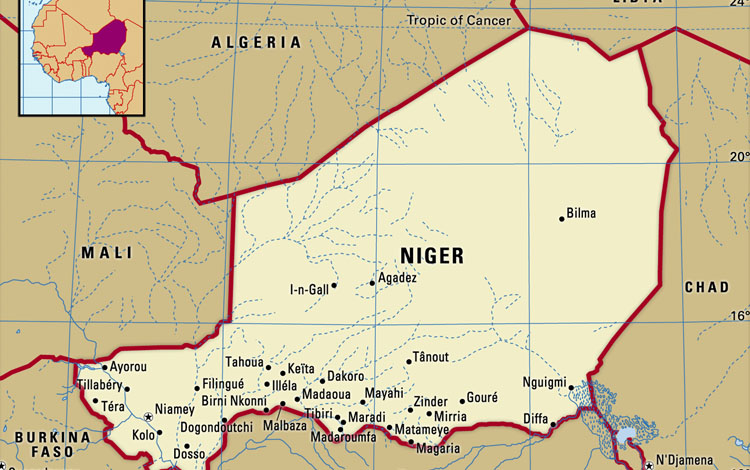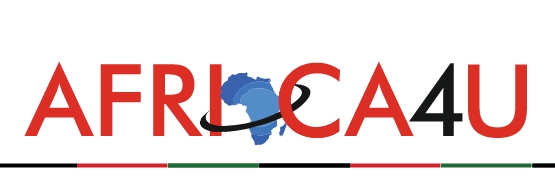(4 minutes read)
An ambitious long-term plan – a 10-year scheme- entailing an expanse of US $160 million is underway in Niger to shield the population from the radioactivity of mineral wastes, particularly uranium. Niger has heaps of partially radio-active wastes from Uranium, left there as a legacy of uranium mining.
An ambitious long-term plan – a 10-year scheme- entailing an expanse of US $160 million is underway in Niger to shield the population from the radioactivity of mineral wastes, particularly uranium. Niger has heaps of partially radio-active wastes from Uranium, left there as a legacy of uranium mining.
France’s nuclear giant Areva, now called Orano, worked in the area through its subsidiary, the Akouta Mining Company (Cominak) from 1978. It closed the site in 2021 after extracting 75,000 tonnes of uranium. The processed uranium was used as a feeder to nuclear reactors in France that provided the backbone of France’s electricity supply.
Cominak’s director general Mahaman Sani Abdoulaye said that the company intends to hand back the site, which has heaps of partially radioactive uranium as a safe, healthy and non-polluting tract, in line with national standards and international recommendations. But it is easier said than done, experts maintain. The project has to grapple with the radioactive particles in an estimated 20 million tonnes of tailings that have been in contact with uranium. Also, the waste accumulated in over 120 hectares of land in mounds as high as 35 metres.
Orano’s plan is to level out the waste and seal it under a two-metre-deep cap of waterproofed clay and sandstone. The site will be monitored for its air and water qualities for at least five years. Not many are convinced by the efficacy of the project. The town of Arlit has a population of 200,000 including people living in surrounding areas. Experts fear that cracks could develop in the cover on top of the waste, leading to the emission of radon, a cancer-causing radioactive gas derived from the natural breakdown of uranium. Also, radioactive waste is stored in the open. Concerns about heaps of uranium-active mounds have been expressed by many independent agencies, including the Independent Research and Information Commission on Radioactivity (CRIIRAD), a French watchdog.
Read Also:
https://trendsnafrica.com/niger-suspends-transit-of-petroleum-goods-to-mali-due-to-security-reasons/
https://trendsnafrica.com/rains-induced-in-niger-through-chemical-process/
https://trendsnafrica.com/former-president-of-niger-mahamadou-issoufou-new-mediator-of-burkina-faso/
Niger is one of the world’s poorest countries. But it is also one of the planet’s biggest sources of uranium. Its mining industry is eyeing a long-term future in anticipation that countries will increasingly resort to non-polluting energy sources such as nuclear energy, which is based on uranium to replace the carbon-spewing fossil fuels. One of the world’s biggest uranium deposits lies at Imouraren, around 80 kilometres (50 miles) south of Arlit.





